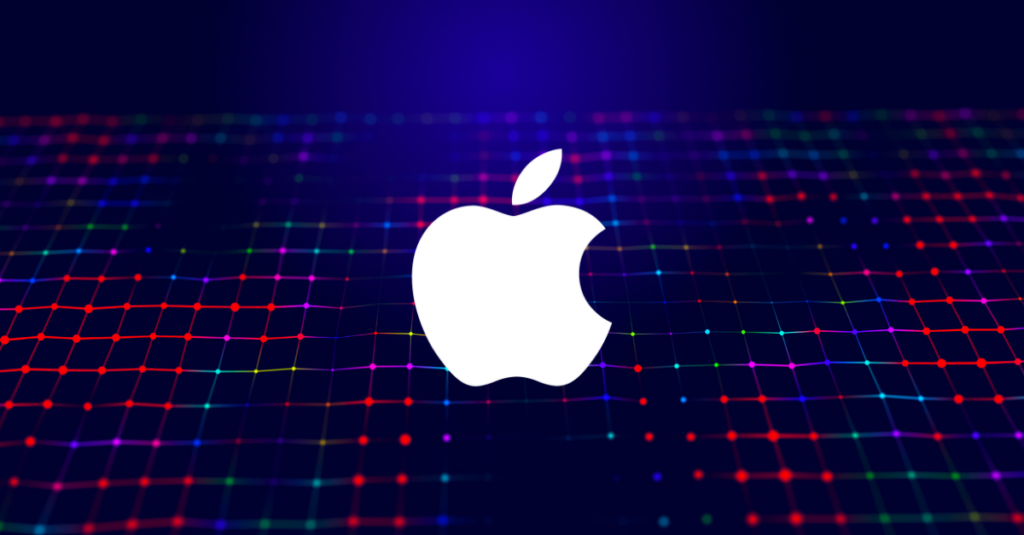A lot of buzz this week about Apple’s plans around artificial intelligence, with many supposed insiders predicting a big generative AI announcement at Apple’s upcoming Worldwide Developers Conference on June 10.

To be sure, grand rumors swirl around the WWDC about this time every year, fueled largely by Apple fans’ wishful thinking, along with some admittedly well placed bloggers with sources at the famously close-lipped company. Combine the usual banter with AI, and it’s a recipe for hype. However, most signs do point to an AI-related announcement tied to Apple’s next mobile operating system, iOS 18, and enhancements to its Siri voice prompt system that will fuel the next iPhone 16 expected to come out in early September. WWDC gives developers a few months to tweak existing software or start building new apps that leverage its latest capabilities hitting the marketplace in the fall. And if iOS 18 does indeed include an AI-capable Siri, then we could all be in for some intriguing new possibilities, including ChatGPT-like interactions that color every interaction on our phones, including video search and discovery.
While Apple’s AI research has lagged that of Alphabet, Meta, and Microsoft, the company’s power lies in its uncanny talent to patiently tweak existing innovation to work better. Case in point: Its Vision Pro “spatial computing” device may not have set the world on fire with sales, but most reviewers admit that it’s the most advanced consumer AR/VR platform out there. Similarly, Apple’s researchers are “thinking differently” when it comes to generative AI, touting a new approach they call ReALM (Reference Resolution As Language Modeling) that emphasizes context. That’s especially important in the speech environment, as voice prompts tend to be less grammatically proper than text prompts. To make AI conversationally accurate, it has to understand context as would a human listening to a friend spew out run-on sentences, mismatched pronouns, and other casual banter. ReALM also focuses on “on-screen” data, so someone can order Siri to manipulate content on screen (“Create a new contact for the address and phone on this website,” for example). It’s not hard to see how this could help with video content discovery based on what the user sees on screen at that moment. Interestingly, ReALM also understands abstractions. A user might look at a long list of recommended movies and say “play the one at the bottom” without needing to accurately name the title.
Perhaps most important for Apple’s business model is that ReALM relies on hardware-based processing unlike ChatGPT, Bard, and other generative AI models that rely on the cloud. You guessed it. To get all those AI benefits, you’ll always need to upgrade to the latest device (A hardware-based system also increases user privacy, which Apple has made a priority over the years.) And it’s not just the phone. AI enhancements will permeate all Apple devices in the coming years, including the inevitable introduction of a flatscreen TV to replace its Apple TV streaming box. Until then, however, expect AI integration of search and discovery for those boxes as Apple perfects the system before putting out its own TV that will protect it from the Samsungs, LGs, and Vizios (soon to be Walmart) of the world from kidnapping Apple users when they turn on their sets, making it harder for them to reach the Apple TV OS.
Next? The buzz (and often hype) around AI is likely to remain high for at least the next few years as companies figure out what consumers truly want and regulators try to set guardrails. Companies considered AI innovators will continue to tap private-equity money, go public, go out of business, merge with each other and larger entities, and push the limits of what’s possible. But Apple’s global influence gives it outsized importance as a vehicle to bring more AI to the masses, for better or worse. If the rumors of an AI announcement are true, WWDC could indeed be more consequential than usual. Perhaps ever. Interestingly, this week even brought reports that Apple—having put its autonomous driving research on hold—has started working on “personal robotics” with the goal of creating a line of in-home robots. Of course those bots will run on AI. It’s all connected. Even if AI really is plotting the downfall of humanity, at least the TV screens of the future will have legs.
